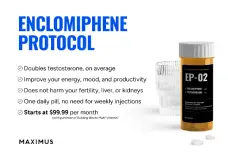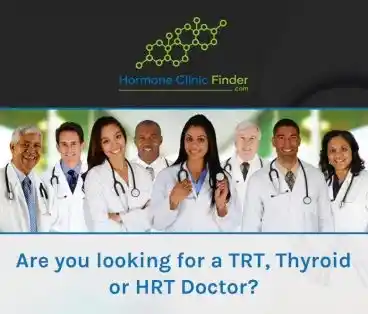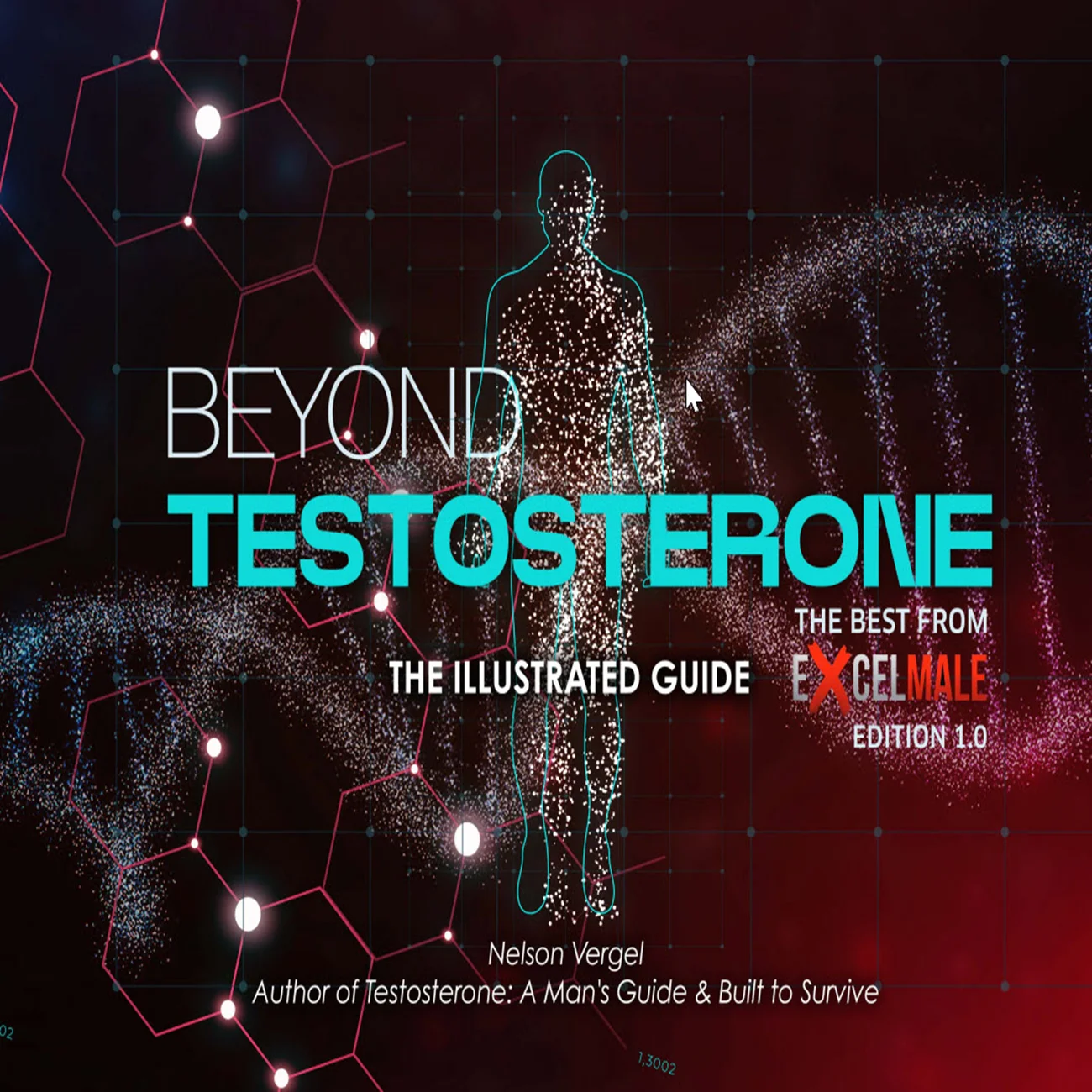Table 1 Guidelines for testosterone therapy in men with prostate cancer


Current Evidence and International Medical Organisation’s Guidelines
As shown, the guidelines pertaining to testosterone therapy use in hypogonadal men with treated or untreated prostate cancer is shown in Table 1.
Current guidelines affirm that TTh can be offered to symptomatic hypogonadal men who are disease-free following treatment for low-risk prostate cancer, provided they meet certain criteria. Guidelines and studies such as those of Pastuszak et al., 2013, and Pastuszak et al., 2015 provide evidence that testosterone therapy is safe amongst men that have gone radical prostatectomy and radiotherapy and has no association with recurrence or progression [21,22]. Whilst this is promising, it is important to consider that advanced and metastatic prostate cancer are absolute contraindications for TTh. Unfortunately, the guidelines do not specify recommendations specific to men with intermediate or high-risk localised prostate cancer. As these diagnoses differ and may impact the effect of TTh on these men, we recommend that guidelines be more tailored to men according to the risk group of their prostate cancer.
Next Steps
There is an evident unmet need for more research into this area to gain a better understanding of how TTh could affect men treated for prostate cancer and whether this could be a safe option clinically. Coupled with the availability of more effective treatments and longer life expectancy, the treatment of low testosterone levels will become of increasing importance in the future [23].
Prostate Cancer UK has consulted with the clinical community and noted a growing interest in this area. We have found that some trusts are developing their own policies to cover this specific group of patients, with the monitoring of these men being a key aspect of safe treatment [24]. We believe this is a positive step towards the possible utilisation of TTh in appropriate patients.
However, despite the growing evidence, there is still considerable work to be done in this area. Additionally, changing the general clinical mindset around the benefits of TTh will take time and patience, as we still hear anecdotally of worries about the safety of this treatment. We know that prostate cancer mortality rates have decreased by 10% over the last ten years, and so the question of how we help survivors lead more normal lives is now more pertinent than ever [25].
The SPIRIT trial is one such piece of research that could well give a more detailed insight into this area [23]. It is the first randomised control trial, which investigated the efficacy and safety of TTh in prostate cancer survivors with low testosterone levels. However, there are some limitations to note. For instance, this trial only recruited men after prostatectomy (the participants may already have impaired sexual function), the small trial size, and its short duration. If efficacy and short-term safety can be established, then further, more in-depth research via a larger trial can be undertaken in this patient population.
Conclusion
Most guidelines state that metastatic/locally advanced and/or untreated prostate cancer is a contraindication for testosterone therapy. However, several state that specific subgroups of men in the curative/cured setting may be recipients for TTh. Overall, the use of TTh in men with treated prostate cancer remains cautious but positive, with some guidelines affirming that TTh can be offered to symptomatic hypogonadal men who are disease-free following treatment for low-risk prostate cancer, provided they meet certain criteria. In these low-to intermediate-risk patients, the data are reassuring, supporting TTh as a viable option to improve quality of life, including energy, libido, and erectile function. For high-risk patients, some small studies have even shown reduced biochemical recurrence rates, suggesting potential benefits; however, these findings are limited by very small patient numbers and a lack of robust data.
Until more substantial evidence becomes available, clinicians wishing to treat patients with TTh should advise them on the pros and cons of its usage, specifically around the lack of safety data of long-term treatment on the risk of prostate cancer progression or recurrence [26].
Further research could pave the way for new developments in the treatment of men who suffer greatly from the effects of hypogonadism after radical treatment. If found to be safe and effective, as suggested by emerging evidence, for those with a low chance of recurrence, this treatment could be game-changing, allowing more men to manage, or even improve, the impact of low testosterone following prostate cancer treatment, thus improving quality of life and improving survivorship by alleviating hypogonadal symptoms such as fatigue, low mood, and diminished sexual function, thereby enhancing overall quality of life.
Current Evidence and International Medical Organisation’s Guidelines
As shown, the guidelines pertaining to testosterone therapy use in hypogonadal men with treated or untreated prostate cancer is shown in Table 1.
Current guidelines affirm that TTh can be offered to symptomatic hypogonadal men who are disease-free following treatment for low-risk prostate cancer, provided they meet certain criteria. Guidelines and studies such as those of Pastuszak et al., 2013, and Pastuszak et al., 2015 provide evidence that testosterone therapy is safe amongst men that have gone radical prostatectomy and radiotherapy and has no association with recurrence or progression [21,22]. Whilst this is promising, it is important to consider that advanced and metastatic prostate cancer are absolute contraindications for TTh. Unfortunately, the guidelines do not specify recommendations specific to men with intermediate or high-risk localised prostate cancer. As these diagnoses differ and may impact the effect of TTh on these men, we recommend that guidelines be more tailored to men according to the risk group of their prostate cancer.
Next Steps
There is an evident unmet need for more research into this area to gain a better understanding of how TTh could affect men treated for prostate cancer and whether this could be a safe option clinically. Coupled with the availability of more effective treatments and longer life expectancy, the treatment of low testosterone levels will become of increasing importance in the future [23].
Prostate Cancer UK has consulted with the clinical community and noted a growing interest in this area. We have found that some trusts are developing their own policies to cover this specific group of patients, with the monitoring of these men being a key aspect of safe treatment [24]. We believe this is a positive step towards the possible utilisation of TTh in appropriate patients.
However, despite the growing evidence, there is still considerable work to be done in this area. Additionally, changing the general clinical mindset around the benefits of TTh will take time and patience, as we still hear anecdotally of worries about the safety of this treatment. We know that prostate cancer mortality rates have decreased by 10% over the last ten years, and so the question of how we help survivors lead more normal lives is now more pertinent than ever [25].
The SPIRIT trial is one such piece of research that could well give a more detailed insight into this area [23]. It is the first randomised control trial, which investigated the efficacy and safety of TTh in prostate cancer survivors with low testosterone levels. However, there are some limitations to note. For instance, this trial only recruited men after prostatectomy (the participants may already have impaired sexual function), the small trial size, and its short duration. If efficacy and short-term safety can be established, then further, more in-depth research via a larger trial can be undertaken in this patient population.
Conclusion
Most guidelines state that metastatic/locally advanced and/or untreated prostate cancer is a contraindication for testosterone therapy. However, several state that specific subgroups of men in the curative/cured setting may be recipients for TTh. Overall, the use of TTh in men with treated prostate cancer remains cautious but positive, with some guidelines affirming that TTh can be offered to symptomatic hypogonadal men who are disease-free following treatment for low-risk prostate cancer, provided they meet certain criteria. In these low-to intermediate-risk patients, the data are reassuring, supporting TTh as a viable option to improve quality of life, including energy, libido, and erectile function. For high-risk patients, some small studies have even shown reduced biochemical recurrence rates, suggesting potential benefits; however, these findings are limited by very small patient numbers and a lack of robust data.
Until more substantial evidence becomes available, clinicians wishing to treat patients with TTh should advise them on the pros and cons of its usage, specifically around the lack of safety data of long-term treatment on the risk of prostate cancer progression or recurrence [26].
Further research could pave the way for new developments in the treatment of men who suffer greatly from the effects of hypogonadism after radical treatment. If found to be safe and effective, as suggested by emerging evidence, for those with a low chance of recurrence, this treatment could be game-changing, allowing more men to manage, or even improve, the impact of low testosterone following prostate cancer treatment, thus improving quality of life and improving survivorship by alleviating hypogonadal symptoms such as fatigue, low mood, and diminished sexual function, thereby enhancing overall quality of life.
Testosterone replacement in prostate cancer survivors with testosterone deficiency: study protocol of a randomized controlled trial (2022)
Rodrigo J. Valderrábano, MD, MS; Karol Pencina, Ph.D.; Thomas W. Storer, Ph.D.; Kieran F. Reid Ph.D., MPH, Adam S. Kibel, MD, Arthur L. Burnett, MD; Grace Huang, MD, MS; Tanya Dorff, MD; Fabiola Privat, BS; Catherine Ghattas-Puylara, MPH; Lauren Wilson, RNP, Nancy K. Latham, Ph.D.; Mats Holmberg, MD Shalender Bhasin MB, BS
ABSTRACT
Background. Most men diagnosed with prostate cancer today have an organ-confined disease and a low...
Rodrigo J. Valderrábano, MD, MS; Karol Pencina, Ph.D.; Thomas W. Storer, Ph.D.; Kieran F. Reid Ph.D., MPH, Adam S. Kibel, MD, Arthur L. Burnett, MD; Grace Huang, MD, MS; Tanya Dorff, MD; Fabiola Privat, BS; Catherine Ghattas-Puylara, MPH; Lauren Wilson, RNP, Nancy K. Latham, Ph.D.; Mats Holmberg, MD Shalender Bhasin MB, BS
ABSTRACT
Background. Most men diagnosed with prostate cancer today have an organ-confined disease and a low...
- madman
- prostatectomy; trt; prostate cancer; hypogonadism
- Replies: 9
- Forum: Prostate Related Issues












